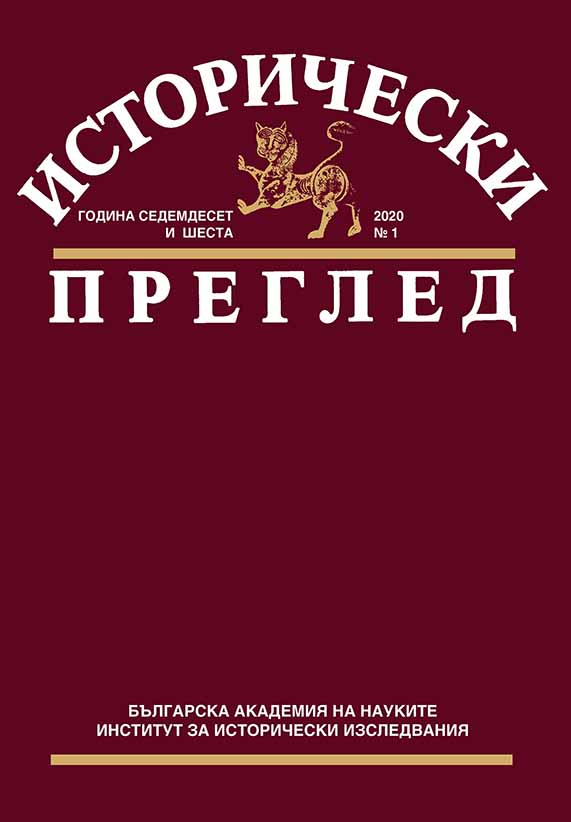
We kindly inform you that, as long as the subject affiliation of our 300.000+ articles is in progress, you might get unsufficient or no results on your third level or second level search. In this case, please broaden your search criteria.

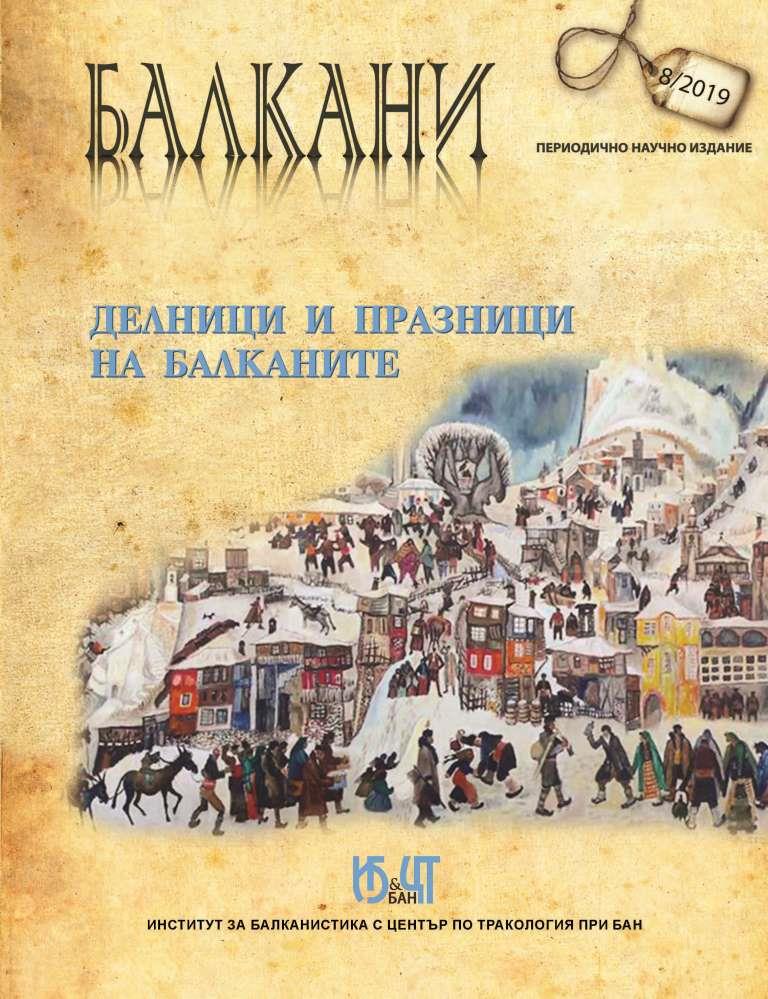
The paper presents observations on the pilgrimage of Bulgarians in Romania. On the one hand, the research interest focuses on pilgrimages of representatives of the Bulgarian communities in Romania to famous monasteries and churches in the country. At the same time, the tendencies in the crossborder pilgrimages of Bulgarians from Bulgaria visiting churches and monasteries in neighbouring Romania are presented. Personal observations and field interviews, as well as materials in the media on the topic under consideration, are used as source material. Bulgarians visit in Romania religious topoi popular among the Christians, especially places related to Bulgarian history. In this sense, these pilgrimages are an expression of religious feelings and of national identity. Observations on pilgrimage as a religious practice show that this traditional form offers to believers meaningful messages for their spiritual world and social life.
More...
The objective of the present article is to analyse the Turkish holiday system introduced after the proclamation of the Republic and supplemented over the decades with new occasions for national celebrations. Four of Turkey’s “great holidays” introduced under Mustafa Kemal are discussed as events targeted at creating certain emotional states serving to support the Kemalist regime and to create a sense of national belonging in the minds of the Turks. The changes introduced in the national holiday system after the military coup of 1980 are also brought into focus. That was the time when the then Turkish statesmen began to pursue a policy of “Turko-Islamic synthesis” that restored the Islamic festivities – prohibited during the early years of the Republic and traditionally celebrated by left-wing political forces – back into the national calendar. Last but not least, the national holiday known as Democracy and National Unity Day, born of the attempted military coup in 1916, is also presented.
More...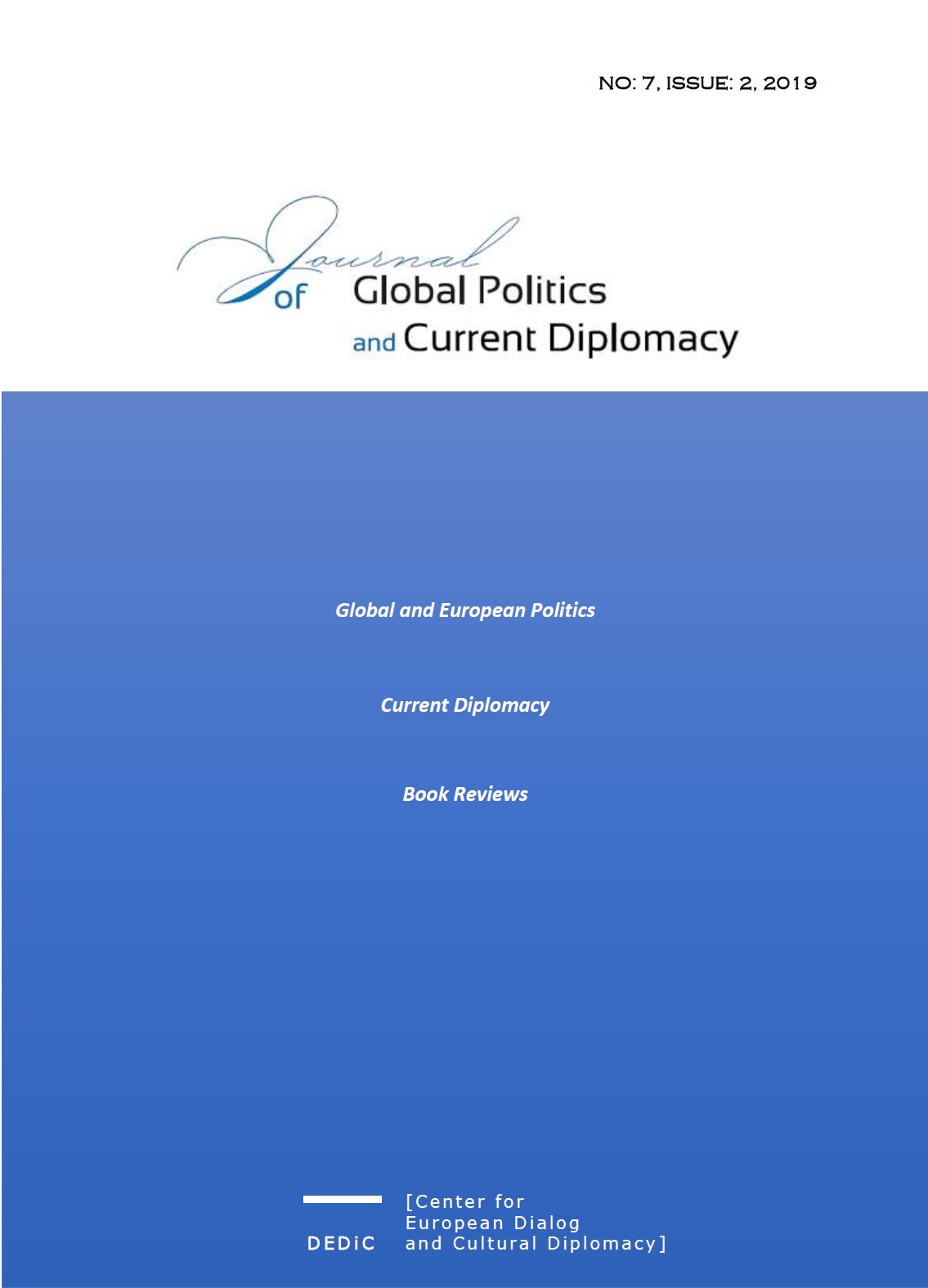
The study adopted qualitative historical and descriptive methods. The historical dimension considers the antecedents of the Nigeria’s Foreign Policy with respect to Africa as centre piece of its external relations since her independence till the current period. The descriptive and analytical aspects of the methodology focus on the analysis of Nigeria foreign policy objectives based on the empirical validation, while the description approach deals on the impacts/ role of Nigeria on the continental integration of Africa and finally, the admissions of Nigeria into African Continental Free Trade Area (AFCFTA), its challenges and prospect for economic and political integration. Key informants’ interview was conducted with diplomats, academics and scholars through structured questions and Focus Group Association (FGA) as primary and secondary source entails data collected from textbooks, internet, materials, journal paper etc. The study adopted role theory to x-rays, midwife and validate the nexus between the roles of Nigeria towards the African Union and regional integration for economic and political realization.
More...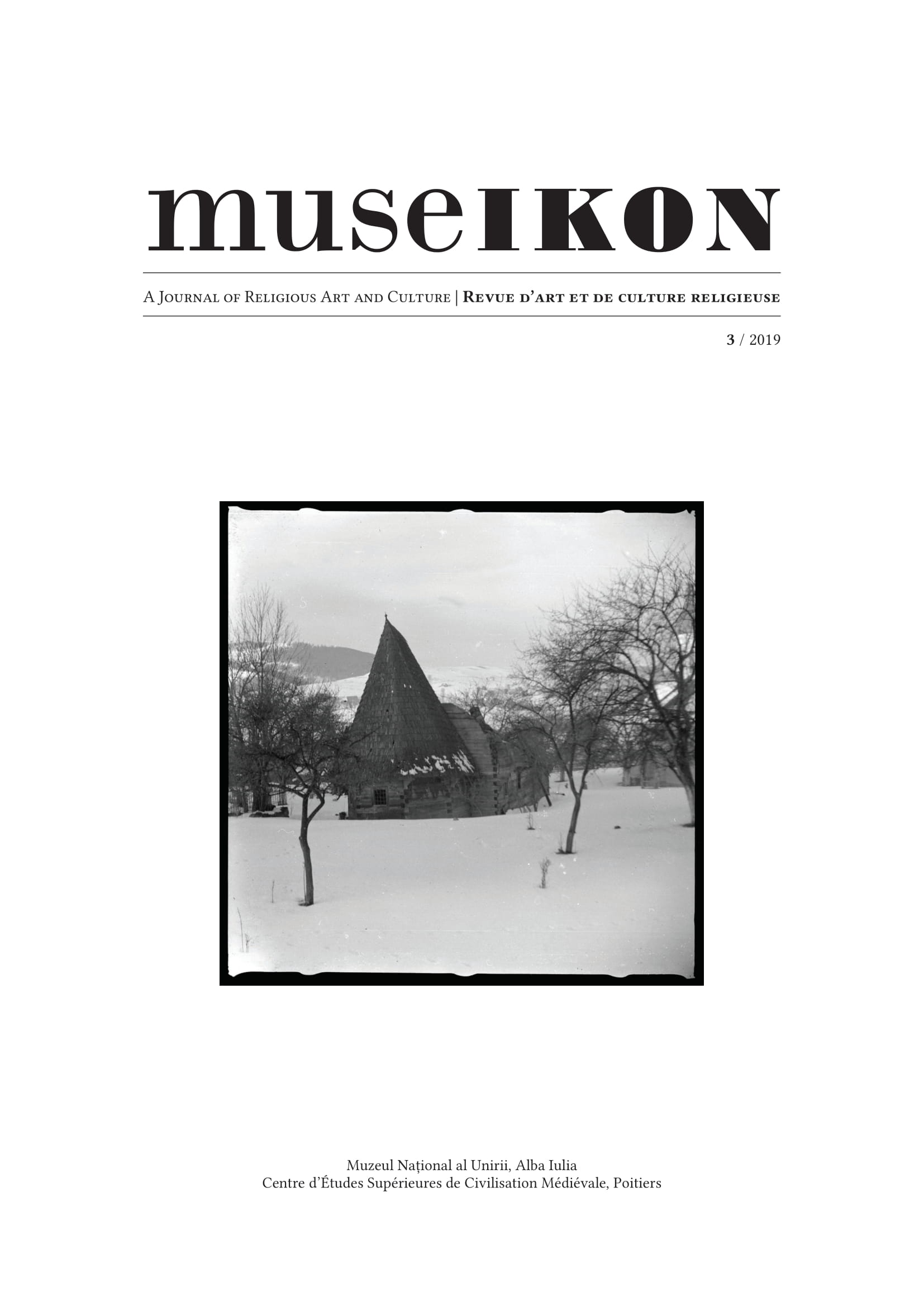
L’édification de l’église de Sainte Parascève à Rășinari et l’achèvement de sa décoration (peintures murales, icônes et autres dotations pour la célébration du service divin) ont représenté un processus long et labo-rieux (1752-1798). Ce dernier a constamment été soutenu par des prêtres et des croyants, sous la présidence de plu-sieurs évêques, de Petru Pavel Aron à Dionisie Novacovici, en passant par Sofronie Chirilovici, Ghedeon Nichi-tici et Gherasim Adamovici. La prospérité économique des habitants de Rășinari a fait que la décoration de l’édificesoit accomplie par de très bons artisans de l’époque – peintres locaux ou originaires des villages voisins, artistes originaires des pays extracarpathiques, aussi bien que d’Europe occidentale. Les recherches entreprises il y a neuf décennies par I. D. Ştefănescu et Ş. Meteş ont été complétées et approfondies par d’autres historiens de l’art roumain ancien, et elles soulignent la précieuse contribution de tous ces maîtres. De son côté, la présente étude contribue à établir la paternité de certaines oeuvres qui, par leur caractère original, ennoblissent le lieu de culte de Rășinari; et propose une chronologie interne des étapes de l’élaboration artistique de ce monument exceptionnel.
More...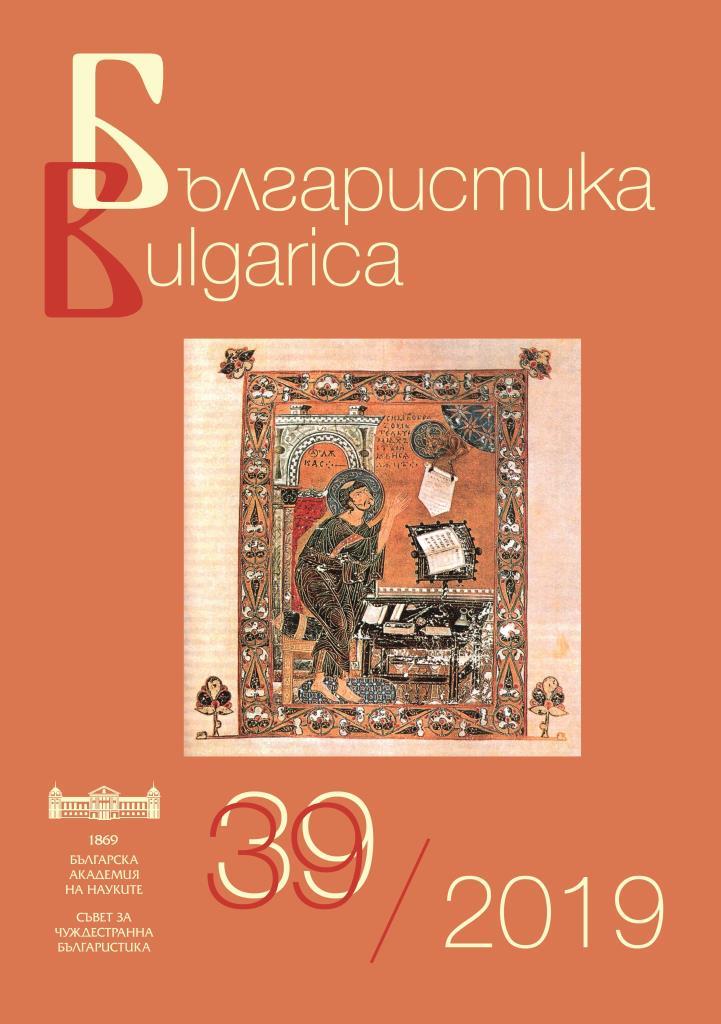
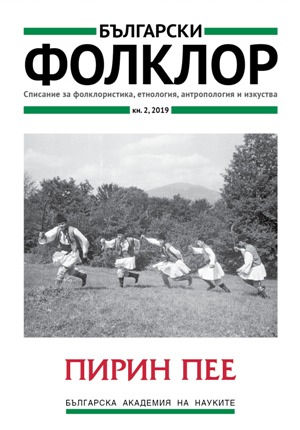
The European dance culture is homogeneous. Many of the European dances are not only related to each other but are also variations of each other. Their area of distribution (the ancient Roman Empire) indicates that a common dance ancestor had already existed in antiquity. This ancient dance is the so called Faroe step. The ideology of humanism resulted in a worldview in which the human being and his free will become the measures of everything. Human needs and interests are put in the centre of the new worldview. The worth of the individual increases and he is gradually released from his shackles, life turns into a priority, a demand for individual gratification appeared: amusement, entertainment, dance. From the local variants of the Faroe step used in the ancient rituals has developed in a fanlike manner the European dances (including the Bulgarian ones) with their incredibly rich tempos and rhythm were developed. They were all inspired by the dominant instrumental musical accompaniment.
More...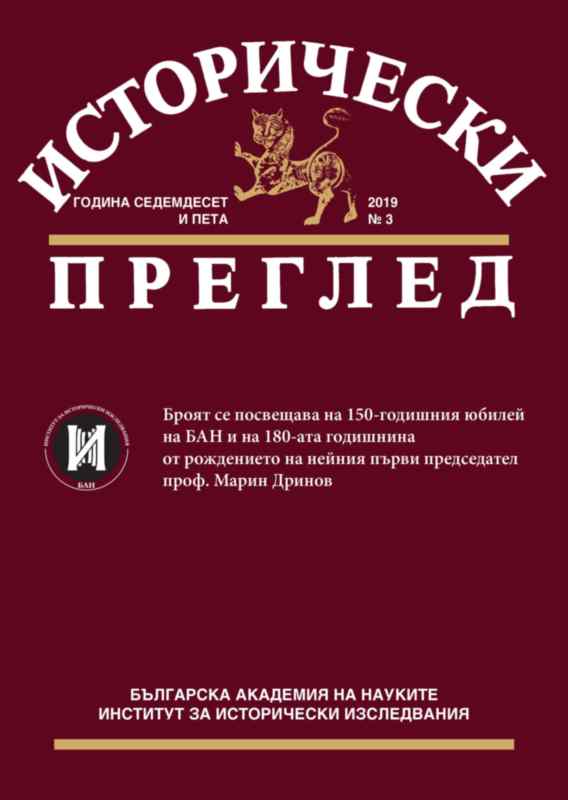
The article deals with the known transcripts of Paisii’s Istoriya Slavyanobolgarskaya (Slavonic-Bulgarian History), originating from the town of Pirdop. One of them is the manuscript made by Daskal Todor Pirdopski. Another one was found in the library of Hadji Ivan Hadjidimitrov, and the latest one was made after the liberation by the teacher Dimitar Odzhakov. The earliest one is from 1772 and is the work of the Rila monk Nikifor, and was owned by a resident of Pirdop for decades. It was this transcript that was purchased by Professor Marin Drinov upon his visit to the city at the end of 1878 or the beginning of 1879 and thus became available to Bulgarian science. Due to uncertain information about Prof. Drinov’s stay in Pirdop, the article provides additional sources to clarify the timeline of his visit to the city and when he most likely purchased the Nikifor’s copy of Paisii’s history.
More...
The huge research, educational, publishing and social activities of Prof. Marin Drinov played a major role in the development of the education, literature and culture of Bulgaria after the liberation. As the first Minister of Education in the Principality of Bulgaria, he had a particularly important contribution to the creation of a large-scale educational program aimed at solving strategic educational tasks, and in doing that M. Drinov used his knowledge of European experience in this field. He prepared the Provisional Statute for Public Schools, issued on August 29, 1878, in which he set out his views on the school structure, the goals of the different educational levels, the content of the curricula, their management, staffing and maintenance. The schools established during the Revival Period in Karlovo, were rebuilt after the Liberation and developed according to the new realities, but this was done through overcoming many difficulties, regardless of the leading role and financial support of the state. People who donated for education helped significantly for the development of the city’s education. After the Liberation of Karlovo, thanks to the care of the city government, the Karlovo community and the generous donor gestures of the Karlovo benefactors, the educational network continued to exist, abiding all the normative requirements and regulations, and developed according to the legislative changes in post-liberation Bulgaria in the field of education. Many of them are based on the principles of the Provisional Statute for Public Schools, drafted by Prof. Marin Drinov.
More...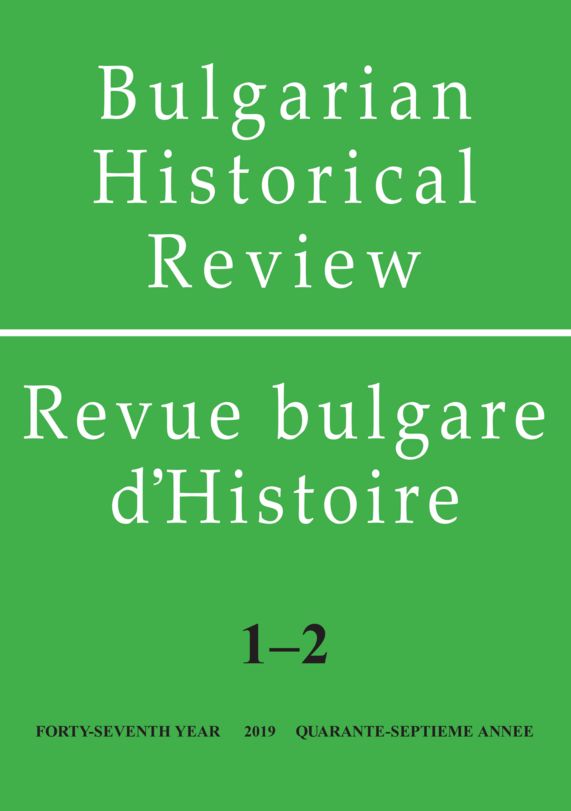
The article is devoted to an Old Testament apocryphon – the Testament of Abraham – and its presence, its importance and its functions in the convoy of predominantly juridical and polemical anti-heretical collection compiled in the Principality of Moldova in the 16th century. The second part of the article proposes an interpretation of the text and its importance mainly in the legal context of the copy (BAR, Ms. sl. 636). What can be the meaning and function of a deuterocanonical text in a predominantly juridical collection? The study of the manuscript itself leads us to the conclusion that the separate elements (legal, polemical, historical, dogmatic, apocryphal) that make up the collection are subject to its general purpose. As for the apocrypha, they can be said to present some biblical point of view. In particular, the Testament of Abraham illustrates the idea of justice and the relationship between human and Divine justice. Human justice serves earthly purposes, and always, even the most just one, implies the idea of punishment, while Divine justice is based on mercy and seeks the salvation of the human soul.
More...
This article will study the biographical case of Dorina Simpson, nee Nenchova Ilieva, the particular case of one woman’s persistence, struggle and quest for justice within two very different societies in transition: the fast-communizing post-bourgeois Bulgaria between 1944–48, and the transforming colonial Mauritius of 1950–60, and postcolonial of the 1970s. It focusses on the very dark legacy of the Soviet revolutionary experience – the communist terror, in a way that continues the productive dialogue with Neelke Doorn’s research in the role played by forgiveness, reconciliation and empowerment in transitional justice. It shows how and why forgiveness and reconciliation of Dorina Simpson’s painful past (that of the “communist terror”) occurred within her lifetime, and thereby stresses what else helped her to overcome her social trauma (the broken, emotional relationship with her Bulgarian past and its surrounding world, as a survivor of the ensuing effects of the communist terror).By acknowledging the historicity of one woman’s empowerment and analysing the diverse and complex resources of her distinct woman’s economy – of “enjoying the possibility of risk taking, and a kind of openness” (Cixous/Mitchell), this study will support Tzvetan Todorov’s statement that the “attitude to be a rescuer is not inherent in concrete national tradition or social milieu, but is a question of personal choice”. So, how and why did Dorina Simpson make such choices, extending a helping hand to the excluded others, often in crisis situations, putting at risk her present and future? By searching for some answers, this text deals with Dorina Simpson’s particular legacy, namely – her distinct charity work in colonial and postcolonial Mauritius, and her autobiographical writings, Where Do You Come From?, both transgressing norms and rules to unveil the politics that tend to corrupt.By enhancing the concept of woman’s economy, within the capitalist economy of gift exchange relationships, it emphasizes the role of women’s cultural intermediation between the fields of political and social powers, and this role is a story of woman’s empowerment within unjust transitional societies. So this study shows why social productiveness of her female persistence, struggle and quest for justice ended in involving “both justice, as acknowledgement of wrongs and absence of structural inequalities” (Honneth/Doorn) for the helpless, one woman obtained another ‘profit in return’, the affective one – she dealt with her historical trauma.This study is based on Dorina Simpson’s private archive and documents in national archives (Bulgarian, British, and Italian) and international organizations (the World Health Organization and World Federation of Mental Health, ICRC), to which I was led by discovering the specific loci of her social exclusion and prestigious recognition. And it is conceptualized within a microhistory paradigm, sharpening the scholar’s attention to the uniqueness of human experience and hence to the fears, premonitions, dreams and yearnings of the separate being; so that its approaches remain very sensitive to how individuals experience historical events by contesting the paradigms of norm and power.
More...
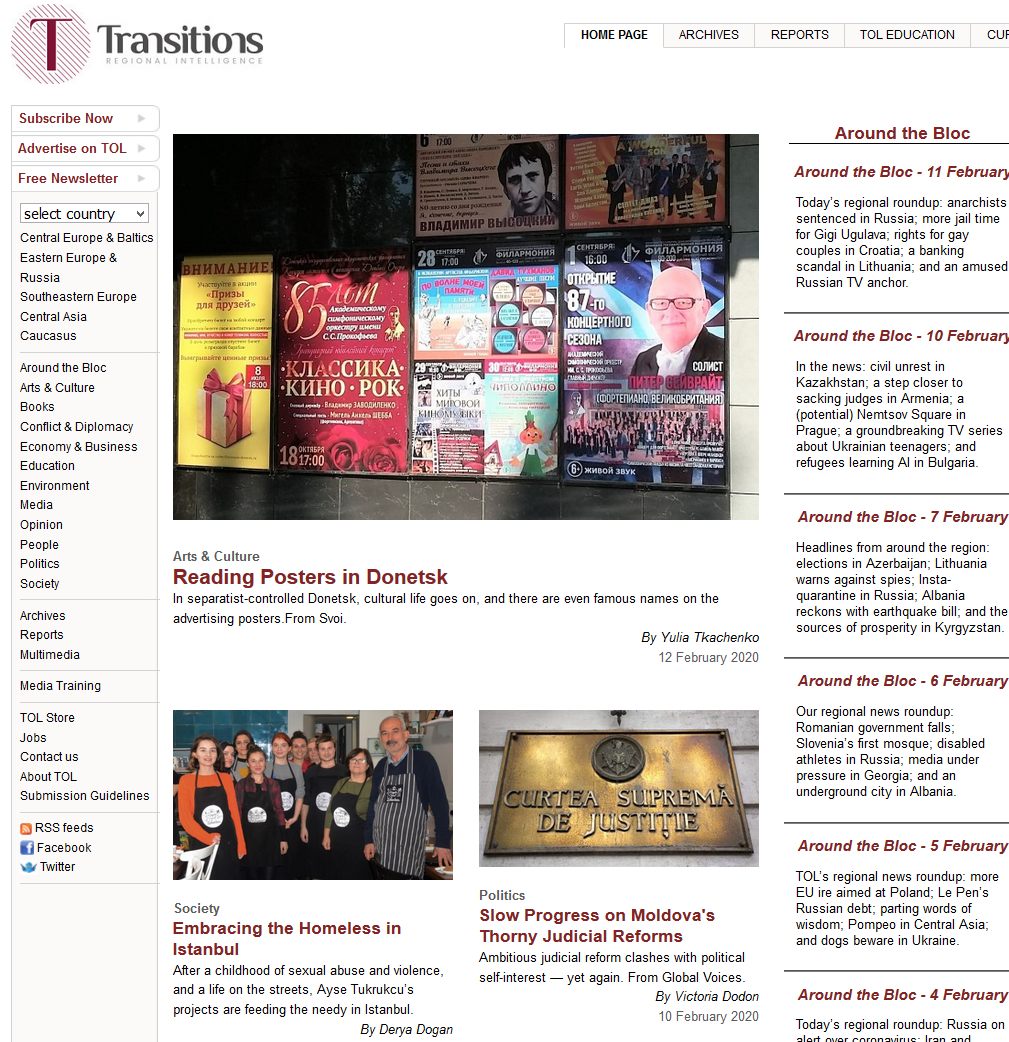
In the news: civil unrest in Kazakhstan; a step closer to sacking judges in Armenia; a (potential) Nemtsov Square in Prague; a groundbreaking TV series about Ukrainian teenagers; and refugees learning AI in Bulgaria.
More...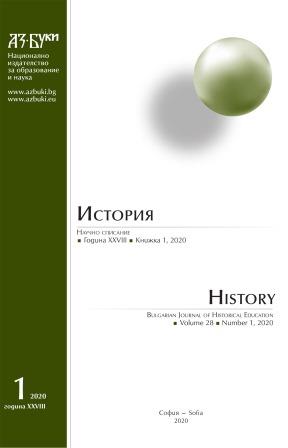
The article examines the Peace Corps programs in Central and Eastern Europe after the end of the Cold War, based on archive documents. After developing volunteer programs in Asia, Africa and Latin America for 30 years, in the early 1990s, the Peace Corps received a historic chance to expand its activities in the countries of the former Eastern Bloc and help strengthen American influence in the region. The historical reconstruction of the organization’s activities in the different countries makes it possible to outline the main goals of the Peace Corps and to determine its effectiveness as a “tool” of American “soft power”.
More...
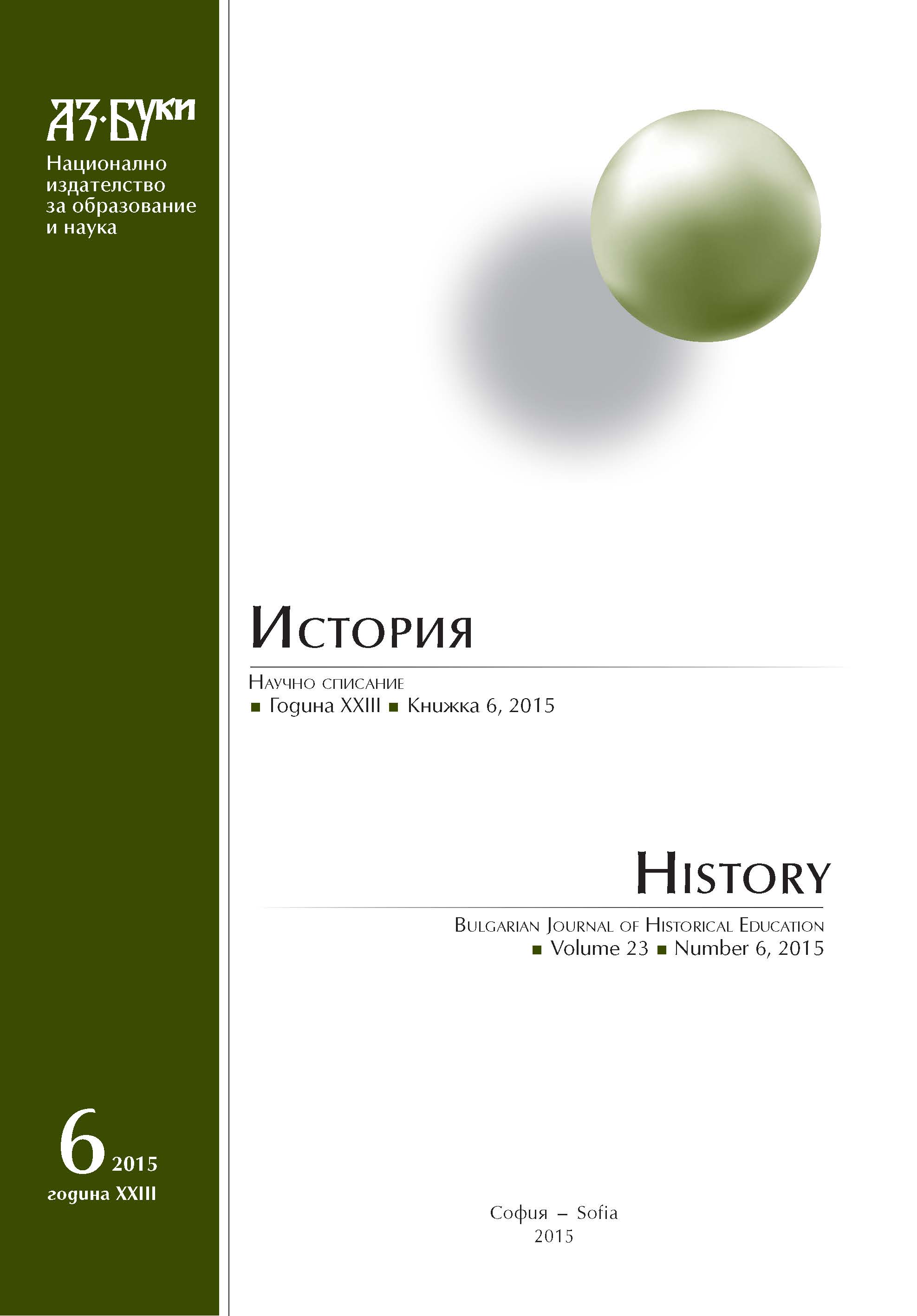
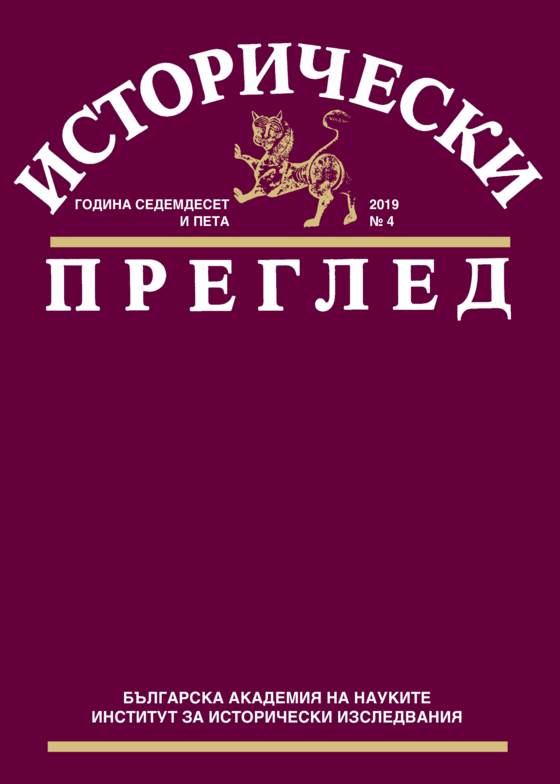
Vasil Aprilov (1789–1847) is an illustrious intellectual of the Bulgarian National Revival and contributor to the foundation of modern Bulgarian education. His works and heritage have been published and analyzed in various publications; however, the data concerning his family and genealogy are so far contradictory and inaccurate, being of subordinate importance for the major works, dedicated to Aprilov. The author resumes the publications, concerning Aprilov’s life and family, juxtaposes the genealogical data and analyzes its credibility in search of the correct family links. Besides the publications on Aprilov, the author reveals unpublished family tree of the Aprilovs, composed by Gabrovo’s local historian Iliya Gabrovski in the 1970s, stored in the State Archive – Gabrovo. Based on the analysis, the article offers a possible reconstruction of the Aprilovs’ genealogical tree.
More...
The text represents the first period (late 1960s to late 1980s) of the professional development of the historian Vladimir Migev, time when he specialized as a researcher of authoritarianism and authoritarian regime in Bulgaria. The article focuses on the conditions of scholarly work specific to those years (compulsory explanatory models and strict ideological control over interpretations) which left their mark on the concepts used by the historian and on his basic evaluations. At the same time, his contributions to the development of a number of major aspects of Bulgarian authoritarianism are shown.
More...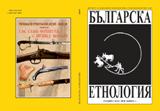
The article analyses the contemporary role of the elderly in a village community through the lens of the local notions and practices related to “Islam“ and“communism“. These two ideological commitments can be found only among the elderly people. The members of the younger generations show respect but also stay at significant distance from religious practice. They unanimously consider communism as an ideology that is fading away. In spite of this lack of engagement, over the past three decades, the tensions between the local expressions of Islam and communism, as well as their numerous entanglements, have played a key role in shaping social relationships, moral reasoning and community cohesion in the village. The article is based on ethnographic fieldwork conducted in a village located in the southern part of the central Rhodope Mountains.
More...